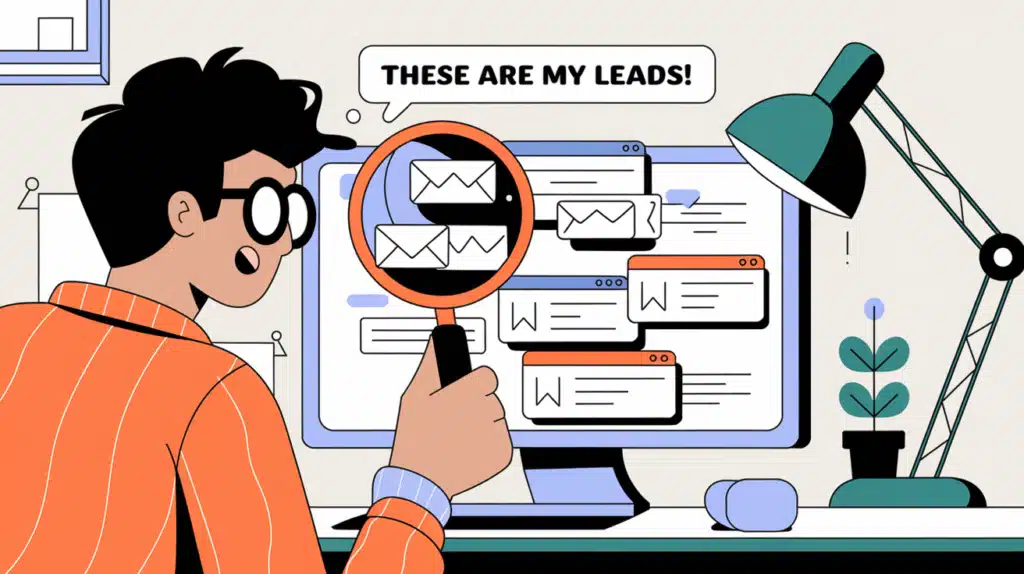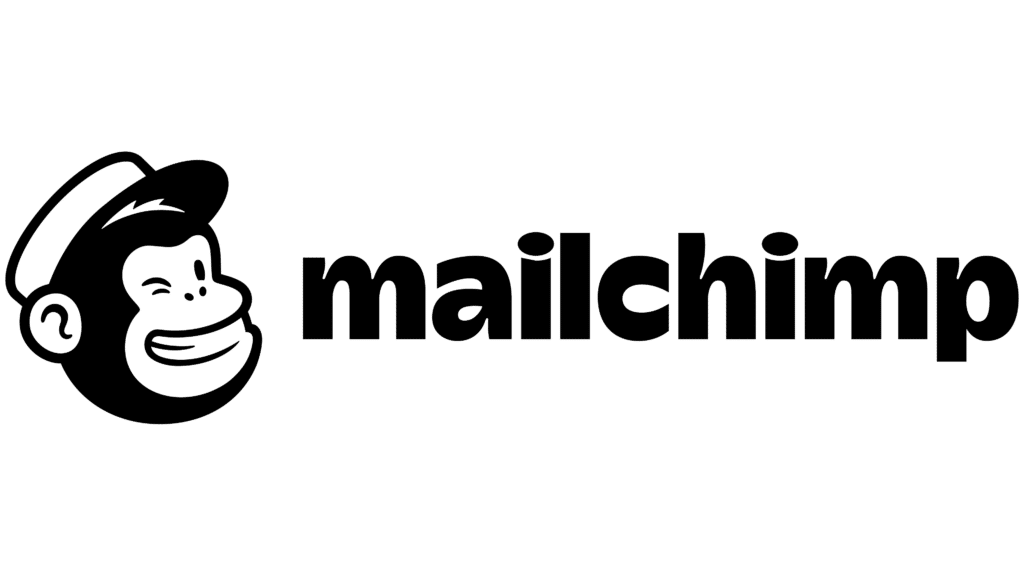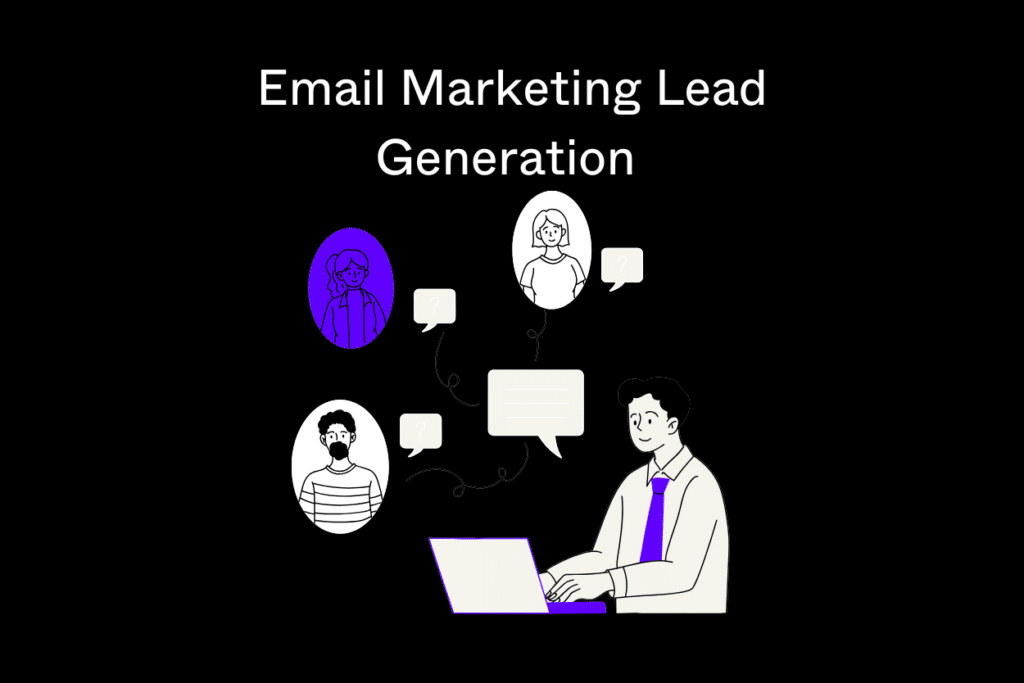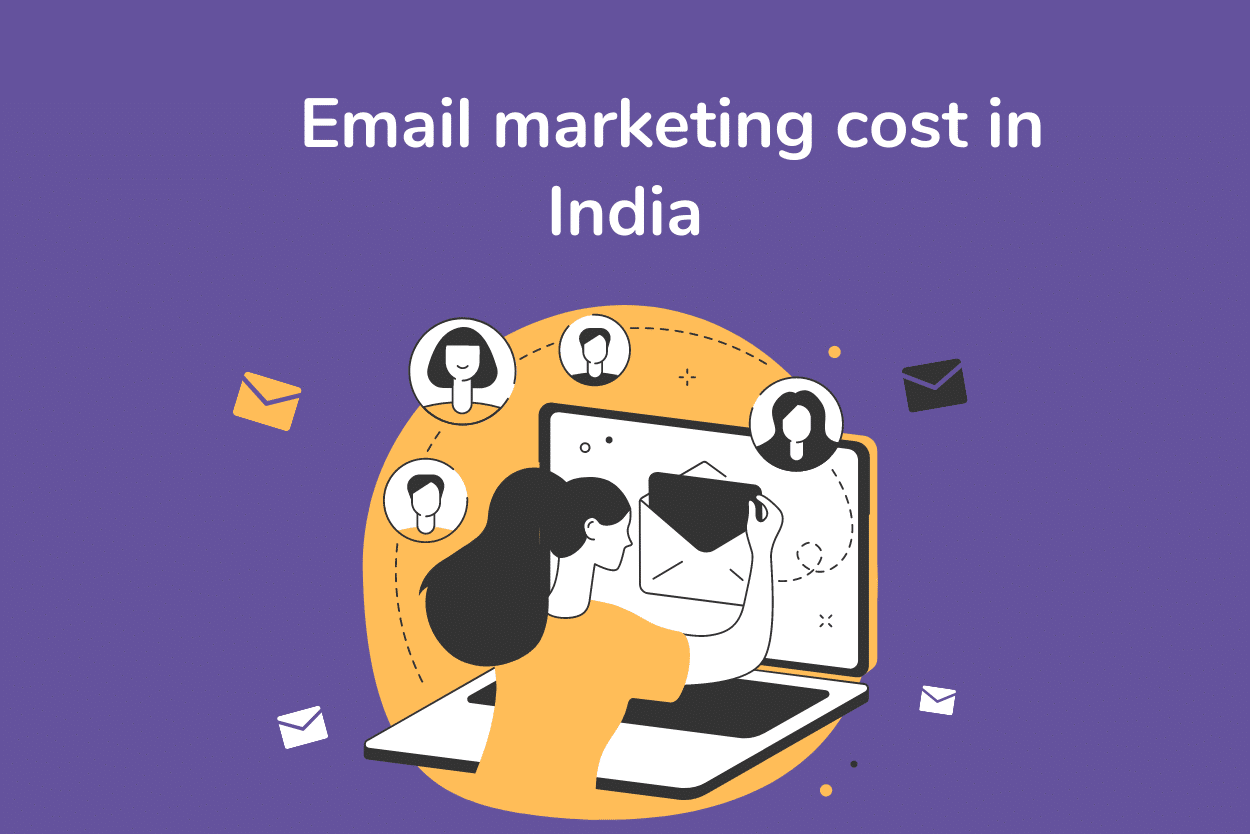
Email marketing remains one of the most effective methods for businesses to generate leads and grow their customer base. It serves as a direct line of communication between businesses and their target audience, helping to nurture relationships, drive engagement, and ultimately convert leads into loyal customers.
According to marketers, 29% consider email marketing the most effective channel, while social media and content marketing each have 25%, and SEO has 22%. (snov)
In 2025, where digital noise is at an all-time high, standing out through personalized, valuable email content is essential to capturing the attention of potential customers. This blog explores the ins and outs of email marketing lead generation and its impact on business growth.
What is Email Marketing Lead Generation?
Email marketing lead generation refers to the process of collecting and nurturing potential customer information—most commonly names and email addresses—to build a relationship with them and eventually convert them into paying customers.
This approach often starts with attracting people to opt into email lists via online forms, lead magnets, or subscription offers. Once on the list, these leads can be nurtured through targeted email campaigns that provide valuable information, build trust, and encourage actions like making a purchase or requesting a service.
The core of email lead generation is delivering value consistently while addressing the specific needs or pain points of your audience. This process involves understanding your customers’ journey and crafting emails that align with their stage in the sales funnel.
Why Are Email Lead Generation Strategies Crucial for Businesses in 2025?
In 2025, email lead generation has become more essential due to various factors in the evolving digital marketing landscape. The rise of stringent privacy laws like GDPR and CCPA makes permission-based email marketing not only necessary but also a trust-building tool.
As the costs of paid advertising continue to rise, email offers a more affordable yet effective alternative. With consumer expectations for personalized experiences growing, email marketing enables businesses to deliver tailored content based on user behavior.
Furthermore, advancements in automation and AI-driven insights allow marketers to implement sophisticated and efficient lead nurturing strategies.
Creating an Effective Email Lead Generation Strategy
To create a robust email lead generation strategy, follow these steps:
1. Define Your Goals
What do you want to achieve with your email campaigns? Are you looking to increase subscribers, generate sales, or boost engagement? Clear goals will help you shape your strategy.
2. Understand Your Audience
Identify who your ideal customers are and what challenges they face. This understanding will allow you to create content that resonates with them.
3. Build a High-Converting Lead Magnet
Create a valuable resource that encourages people to join your email list. It could be a free course, a checklist, or a discount code.
4. Optimize Your Landing Pages
Your landing page should have a clear call-to-action (CTA), an appealing design, and persuasive content that encourages visitors to opt in.
5. Nurture Leads with a Drip Campaign
Set up an automated drip campaign that gradually nurtures leads with a series of emails. The goal is to provide value while guiding the subscriber through the buyer’s journey.
6. Track, Analyze, and Optimize
Use email marketing tools to track the performance of your campaigns. Analyze metrics like open rates, click-through rates, and conversions, and optimize your strategy based on these insights.
Email Lead Generation Best Practices
Segment Your Audience
Divide your email list into different segments based on factors like behavior, demographics, purchase history, or interests. This allows you to send more relevant and personalized content to each group.
Optimize Your Opt-In Forms
Ensure that your opt-in forms are easy to find and fill out. Keep the form fields minimal to reduce friction; asking for just a name and email is often enough to start.
Offer Valuable Lead Magnets
Entice visitors to subscribe by offering something of value, such as eBooks, webinars, whitepapers, or exclusive discounts.
Use Compelling Subject Lines
The subject line is the first thing recipients see, and it significantly affects open rates. Make sure your subject lines are catchy, clear, and relevant to the content inside the email.
Leverage Automation
Set up automated email sequences to nurture leads based on specific triggers, such as signing up for a newsletter or downloading a lead magnet.
Monitor and Clean Your Email List
Regularly remove inactive subscribers to maintain a healthy email list and improve engagement rates.
Cost of Email Marketing Lead Generation in India and USA
| Cost Factor | India | USA |
Email Marketing Software | ₹500 – ₹3,000/month | $10 – $100/month |
Cost per Lead (CPL) | ₹20 – ₹200 per lead | $0.50 – $5 per lead |
Email List Purchase (1,000 contacts) | ₹1,000 – ₹5,000 | $20 – $200 |
Freelancer/Agency Cost (per month) | ₹15,000 – ₹50,000 | ₹15,000 – ₹50,000 |
Automation Tools and Integrations | ₹1,000 – ₹10,000/month | $20 – $150/month |
Total Monthly Budget for Small Business | ₹20,000 – ₹60,000 | $400 – $2,500 |
5 Best Email Lead Generation Software and Tools in 2025
1. HubSpot

Known for its all-in-one marketing platform, HubSpot offers email marketing, CRM integration, and lead nurturing capabilities.
2. Mailchimp

A popular choice for small businesses, Mailchimp provides user-friendly email automation and analytics features.
3. ActiveCampaign
Offers advanced automation and segmentation features, making it ideal for businesses looking to create sophisticated email workflows.
4. ConvertKit

Designed for creators and small businesses, ConvertKit focuses on email automation and subscriber management.
5. GetResponse

Provides comprehensive email marketing solutions, including landing pages, email automation, and webinar capabilities.
Benefits of Email Marketing Lead Generation
Cost-effective: Email marketing has one of the highest returns on investment (ROI) among digital marketing channels. It allows businesses of all sizes to reach a wide audience at a relatively low cost.
Direct Communication Channel: Unlike social media or other indirect platforms, email provides a direct and personal line of communication to your target audience.
Personalization Opportunities: Email marketing enables companies to deliver highly personalized content tailored to individual behaviors, preferences, or previous interactions, which can significantly boost engagement.
Scalability: Email marketing can easily be scaled, whether you’re sending emails to a handful of targeted leads or to a large, segmented audience.
Measurable Results: With email marketing tools, you can track key metrics such as open rates, click-through rates, conversion rates, and more, enabling you to fine-tune your strategy over time.
Is Cold Email Marketing Lead Generation Effective in 2025?
Cold email marketing remains a viable strategy in 2025, but it requires a thoughtful approach. When executed correctly, cold emailing can generate leads and open doors to new business opportunities. The key to success lies in:
- Personalizing Your Messages: Avoid generic content by tailoring your emails to the recipient’s specific needs or industry.
- Staying Compliant: Ensure that you follow regulations like GDPR or CAN-SPAM by including an opt-out option and avoiding deceptive subject lines.
- Providing Value Upfront: The goal of a cold email should not be to sell immediately but to offer something of value that captures the recipient’s interest, such as an insightful industry report or a free consultation.
Pros and Cons of Buying Email Lists
Pros:
- Quick Access to a Large Audience: Buying an email list provides immediate access to a substantial number of contacts.
- Rapidly Expands Reach: Can be used to quickly scale outreach efforts.
Cons:
- Lower Engagement Rates: Recipients who did not opt-in voluntarily are less likely to engage with your emails.
- Compliance Risks: Buying email lists can lead to violations of regulations like GDPR, potentially resulting in fines.
- Damaged Reputation: Your brand’s credibility may suffer if recipients perceive your emails as spam.
Conclusion
Email marketing lead generation is a powerful strategy for businesses in 2025, offering a cost-effective, direct, and scalable way to engage potential customers.
By following best practices, leveraging the right tools, and continuously optimizing your approach, you can unlock the full potential of email marketing to generate high-quality leads and drive business growth.



![Marketing Manager Salary in India: Factors, Benefits, and Career Growth [2025]](https://wdcweb.com/wp-content/uploads/2023/01/Marketing-Manager-Salary-in-India.png)
